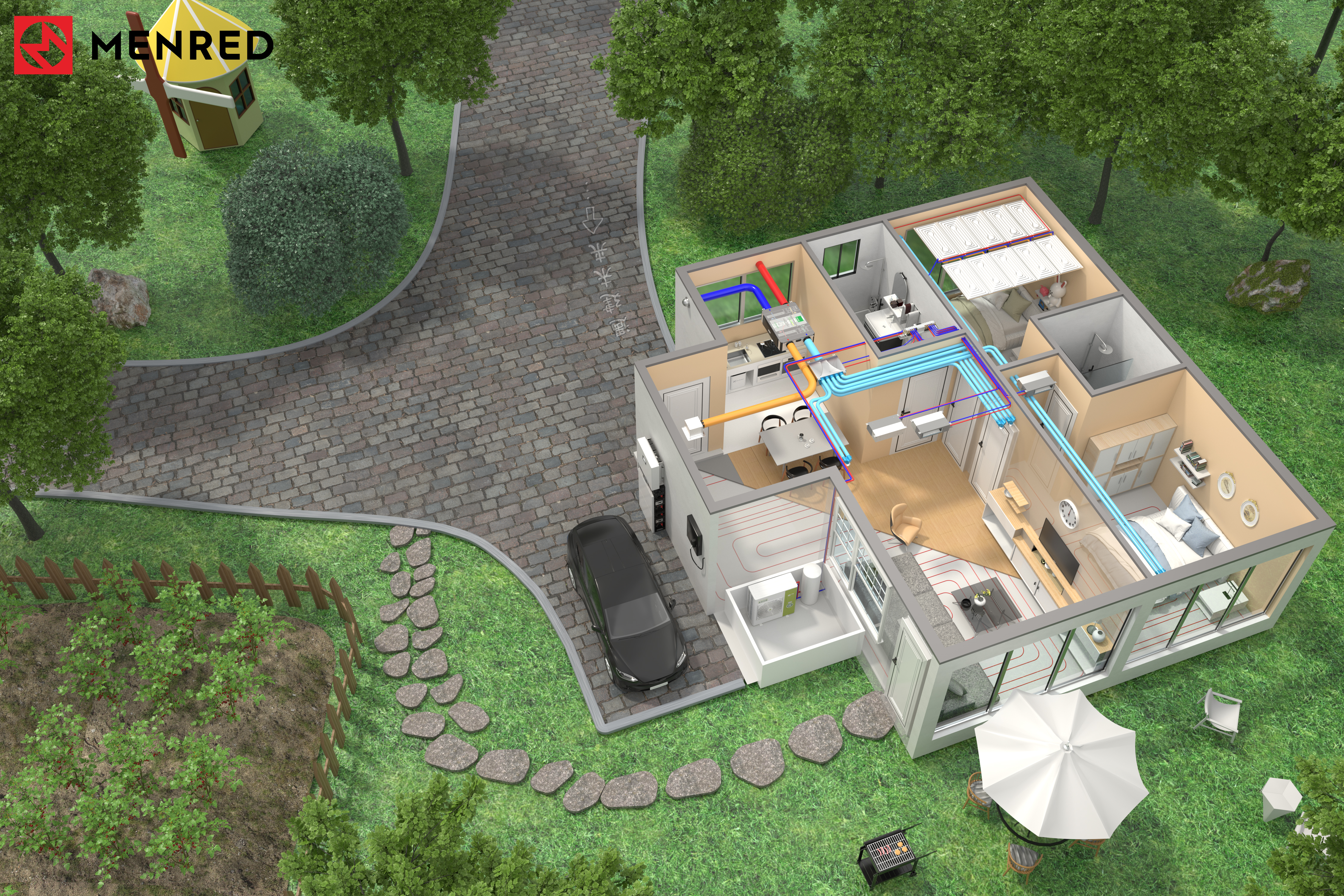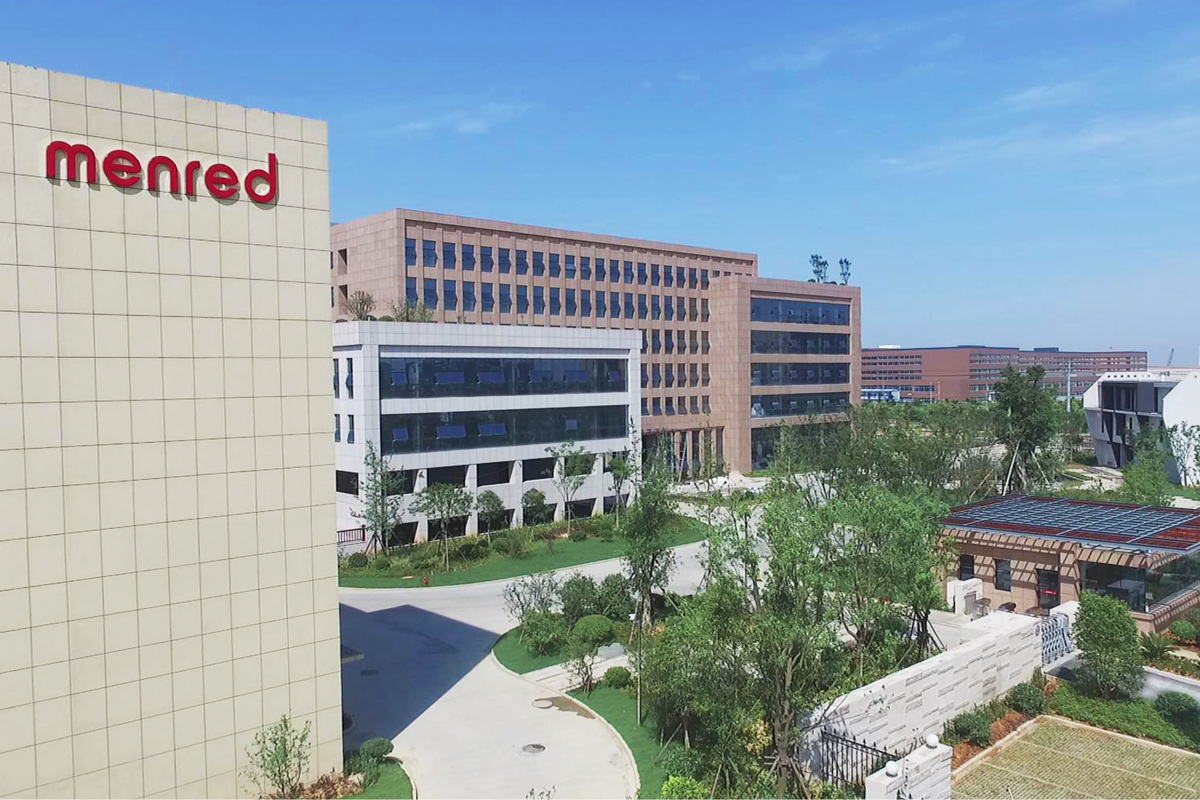As construction methods evolve and sustainability becomes a core requirement, the demand for flexible, efficient, and easily deployable HVAC systems has grown significantly. From prefabricated homes to smart office buildings, modular HVAC systems offer a practical and future-ready solution.
Why Modern Buildings Need Modular HVAC
The shift toward faster construction timelines and diversified architectural layouts requires HVAC systems that are just as adaptable. Modular HVAC systems are gaining traction due to:
- The rise of prefabricated and passive buildings
- Increasing emphasis on flexible design and energy efficiency
- On-site labor shortages and growing installation complexity
These factors call for HVAC solutions that are pre-engineered, scalable, and quick to deploy—qualities that define modular design.
What Is a Modular HVAC System?
Modular HVAC refers to pre-fabricated heating, ventilation, cooling, and energy modules that can be connected in various configurations depending on the project requirements. These systems are:
- Compact: Designed to minimize space usage
- Independent: Each unit functions autonomously or in tandem
- Scalable: Easily expandable for future needs
- Efficient: Plug-and-play installation reduces on-site labor and setup time
They cover essential HVAC functions, including radiant heating/cooling, fresh air ventilation, energy storage, and smart control.
Key Benefits of Modular HVAC Design
Flexibility
Systems can be installed zone-by-zone or expanded over time, providing adaptability for evolving space usage or staged construction projects.
Faster Installation
Modules are factory-tested and delivered ready for assembly, which reduces labor requirements and accelerates construction timelines—particularly useful in renovation or remote sites.
Energy Efficiency & Smart Control
Individual modules can be optimized for specific areas, reducing energy waste. Integration with smart thermostats and zoning controllers allows for automated scheduling and real-time efficiency tuning.
Maintenance Simplicity
When maintenance is required, individual modules can be replaced or serviced without disrupting the entire system. Diagnostics and monitoring are also simplified.
Menred’s Modular HVAC Solutions
Menred offers a comprehensive suite of modular HVAC components that can be combined for residential and commercial use:
- Ventilation: G3 and G4 Energy Recovery Ventilators with modular duct designs and enthalpy cores
- Heating and Cooling: PE-Xa underfloor pipes, radiant ceiling panels, and electric cable heating for fast-deploy solutions
- Control: RT-series smart thermostats and programmable zone controllers for precise climate regulation
- Energy Storage: Modular battery units that work in sync with HVAC systems for load shifting and cost optimization
All components are designed for plug-and-play integration, ensuring maximum compatibility and scalability.
Application Scenarios
• Prefabricated Residential Buildings
Modules can be pre-installed at the factory, reducing on-site work and ensuring uniform quality.
• Green and Passive Buildings
Low-temperature radiant systems and ERVs support low-energy, high-comfort designs.
• Renovation Projects
Modular HVAC units can be integrated into existing layouts without major structural changes.
• Distributed Commercial Zones
Each tenant or office unit can have its own HVAC module, enabling flexible operation and billing.
Conclusion: Smarter Construction Starts with Smarter Systems
As the building industry shifts toward faster, cleaner, and more intelligent solutions, modular HVAC systems are becoming a foundation for success. Menred’s plug-and-play modules empower developers, engineers, and designers to build efficient, comfortable, and scalable environments—one module at a time.



